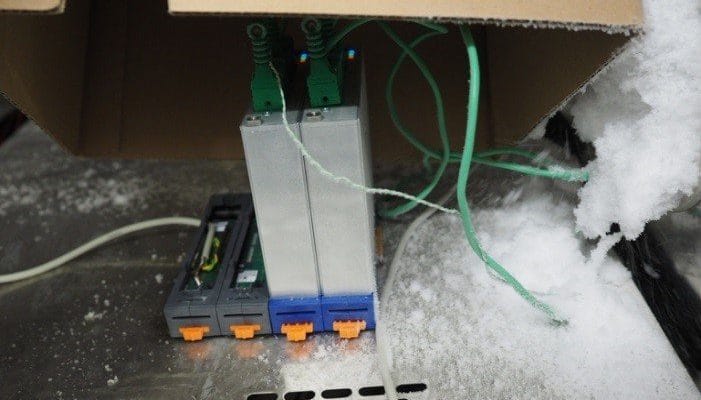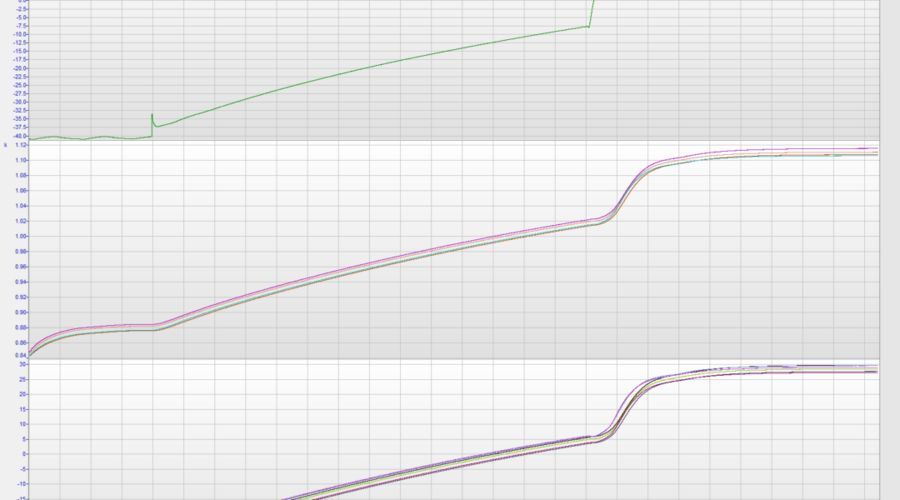
The Q.bloxx XL A104 TCK provides 8 channels for thermocouples (here as Type K, NiCr/Ni) with standard miniature front sockets.
During a day in the climate chamber at -40°C it was completely frozen. After connecting with power supply to the I/O module it was delivering stable and precise measurement values. When temperature was increasing it passed dew point. We observed no impact on the measurement quality or from condensation during this phase. Our I/O module passed this test successfully – even when the datasheet recommends only -20°C operating conditions.


More articles
A Step Closer to Near-Supersonic Train Travel
South Korea’s hyperloop train reaches over 1,000 km/h in recent tests.
Read more...The Aerospace Test and Development Show 2023
Join us from 19-20 September 2023 in Toulouse at The Aerospace Test and Development Show 2023 at booth 332. Register here for Your free exhibition pass.
Read more...8 Tips to Consider When Buying a Strain Gage Amplifier
The strain gage is one of the most important tools of the electrical measurement technique applied to the measurement of mechanical quantities. As their name indicates, they are used for the measurement of strain.
Read more...Automotive Testing Expo China 2024
Testing Expo China-Automotive 2024: The Premier Event for Automotive Testing and Validation Technologies
Read more...